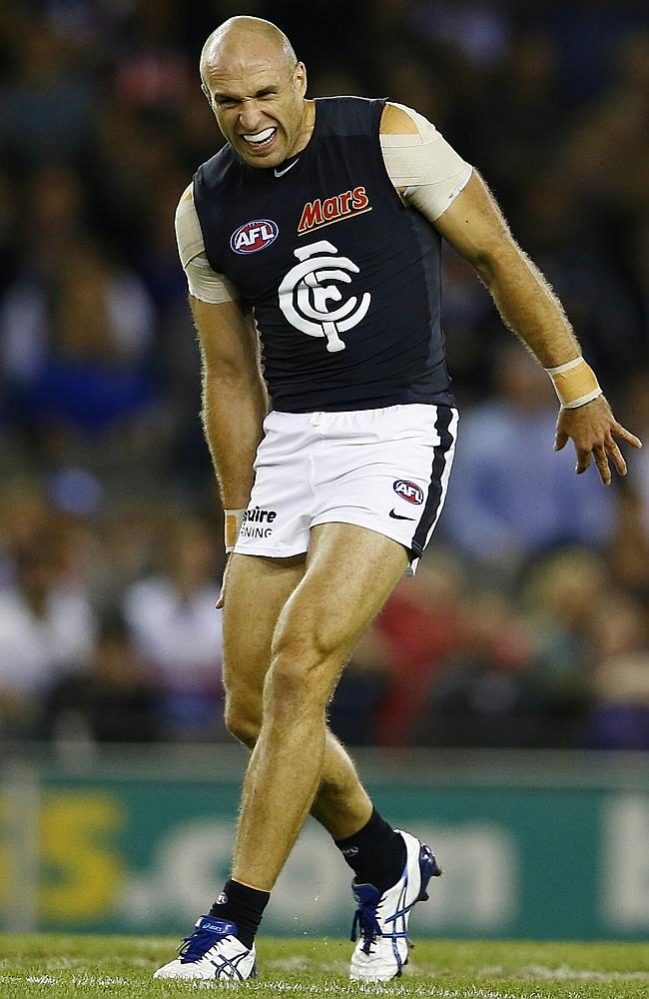Hamstring injuries are not all the same
Published on
02 Aug 2019


Written by
Kate Senini
Consultant Physiotherapist
Call us on: (03) 9975 4133
We all know someone who has “torn a hammy”. Especially living in a sporting capital like Melbourne; a world of running, AFL, and high intensity ball sports.
It’s always mentioned in the news and becomes common place and thus not a big deal. After all the hamstring is just a muscle…isnt it?
This isn’t actually true. There is actually a lot more to a “hamstring” than we realise.
What are the Hamstrings?
The hamstrings are actually a group of three muscles located at the back of the thigh that attach from the bony bit under the buttock down to the back of the knee. The hamstrings play a crucial role in both hip and knee function during walking and running. The forces and stresses through the hamstring muscles increase exponentially during sprinting and kicking.
As a group of three muscles they work together in synergy to generate the power for propulsion of the body during acceleration in ambulation. They then tolerate huge loads to act as a brake during deceleration. These forces are so much greater than we would every appreciate, but also explain why running athletes become injured during sprint training or sports. The higher intensity the activity, the greater the stress on the muscle and risk of injury.
What are the muscles of the Hamstrings?
The three muscles comprising the hamstrings are Semi-membranosis (the inner muscle), then Semi-tendinosis (the middle muscle) and Biceps femoris (the outer muscle). These muscles run in a lengthways direction between the pelvis (buttock) and beyond the back of the knee, however the fibres run in varying directions.
The biceps femoris and semi-tendinosis are then separated by a big strong tendon called the “Intramuscular Tendon” that runs the length of the hamstring group from buttock to knee. This tendon creates a crucial diagnosis difference in injury as to how it is best managed.
How do I know if my Hamstring Tear is serious?
Hamstring tears can appear quite minor. It may be a “tweaking” sensation whilst sprinting or suddenly changing direction. Or it may be a sensation of repeated “cramping” whilst sprinting, jumping or kicking. These symptoms can seem small and mundane, and often we “run through them”. This is not necessarily the best thing to be doing!
A deeper understanding of the anatomy, and physiology of tissue responses of muscles and tendons to tears means we should all be more respectful of the true implications of a hamstring tear. Sometimes those small tears are a lot more serious than we realise, and differs depending upon whether the muscle or tendon are involved.
It is only through taking a careful and detailed history that we can ascertain the actual injury. This includes how the injury occurred, specific symptoms experienced, type of activity being undertaken, and the pattern of symptoms following the incident. This information is then complimented by a series of tests and assessments that help to differentiate between the muscle and the tendon and thus ensure we do make the correct diagnosis of which tissue is involved. Only then can we provide the appropriate management to prevent a patient falling into the trap of recurrent injury.
Read more in Kate’s blog next week to understand the rehabilitation required for hamstring injuries, and the repercussions of poor management.
About the Author
Kate Senini — Consultant Physiotherapist
Kate, who was a founding partner at Pure Physio in 2010, is now working exclusively in a clinical role. Helping people recover from injury and prevent future injuries has always been her true passion!


